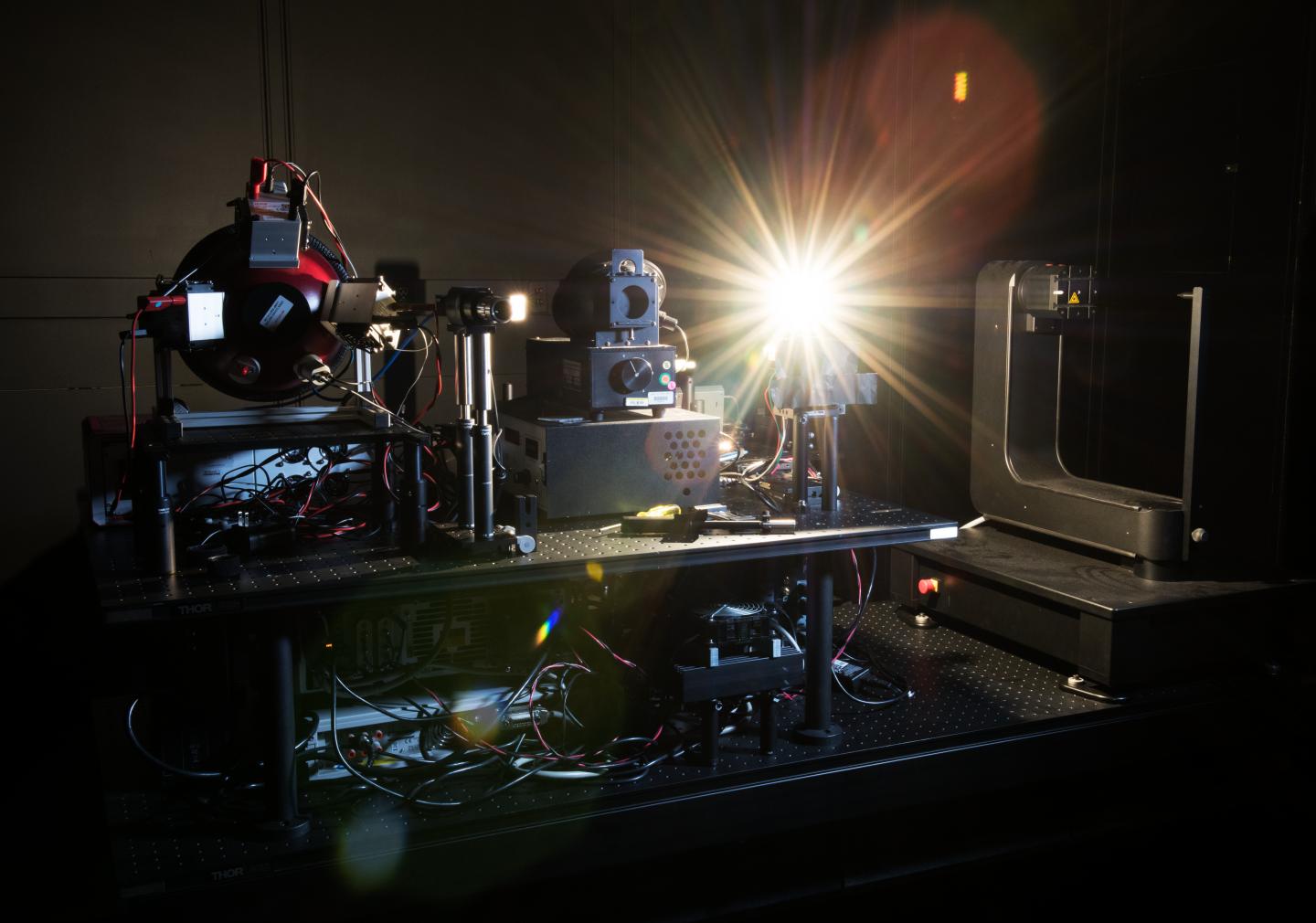NIST upgrades LED calibration lab

Faster and more accurate service for LED lamps, photometers, and other state lighting devices
NIST (the US National Institute of Standards and Technology) has began offering a faster and more accurate calibration service for assessing the brightness of LED lamps, other solid-state lighting products, and customers' own photometers. Potential users of the service include LED lamp manufacturers, the US military and other calibration laboratories.
Until recently, the NIST lab has measured lamp brightness with reasonably low uncertainties -- between 0.5 percent and 1.0 percent, on par with mainstream calibration services. Now, the team has reduced those uncertainties by a factor of three, to 0.2 percent or less. "We have now reduced all major uncertainties," said NIST researcher Yuqin Zong.
The scientists have also cut the calibration time.
With the old system, it took almost a full day to do a single calibration for a customer. Most of that was devoted to setting up each measurement -- swapping out a light source or a detector, manually checking distances between the two, and then reconfiguring the equipment for the next measurement, said NIST researcher Cameron Miller. Now, the lab consists of two automated equipment tables, one for the light sources and the other for the detectors. The tables travel on a rail system that positions the detectors anywhere between 0 to 5 meters away from the lamps. What used to take the better part of a day can now be done in hours.
The new setup also allows them to calibrate hyperspectral cameras, smartphone displays and television and computer monitors.
In addition to these new capabilities, NIST scientists have also added instruments a goniophotometer, which allows them to rotate an LED lamp to measure how much light is emitted at different angles. In the next several months, Miller and Zong hope to adapt the goniophotometer to measure LEDs' ultraviolet (UV) output.


































